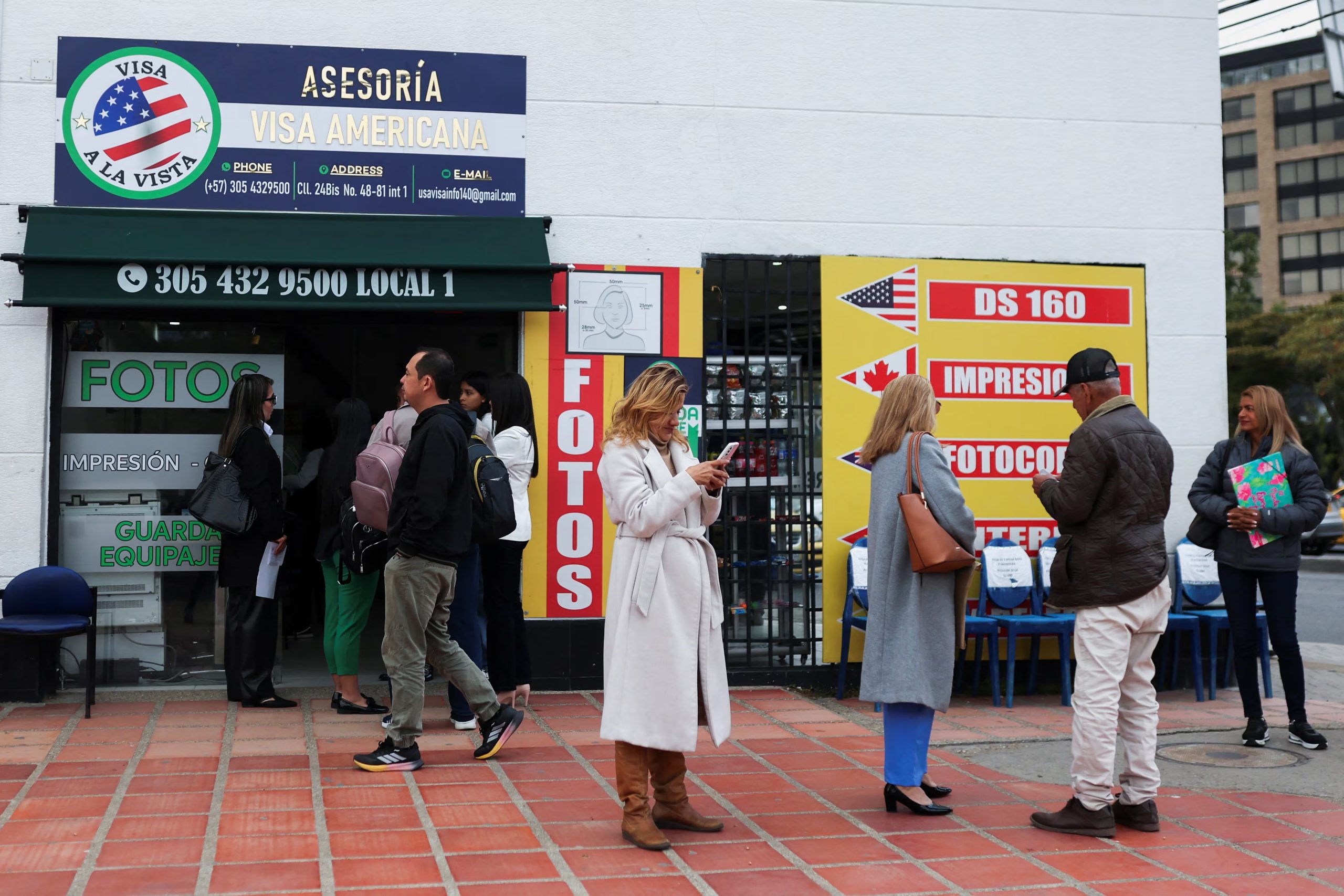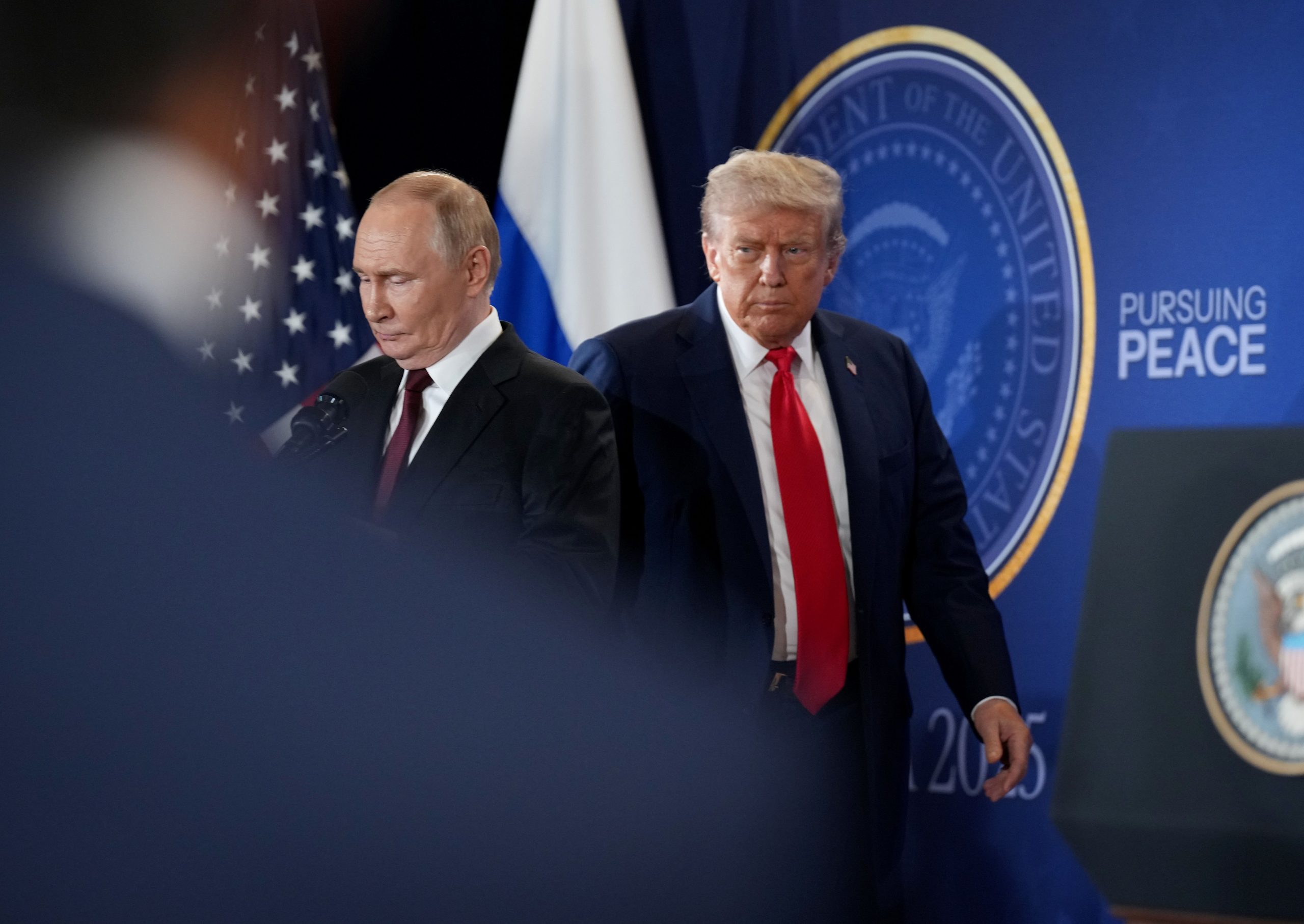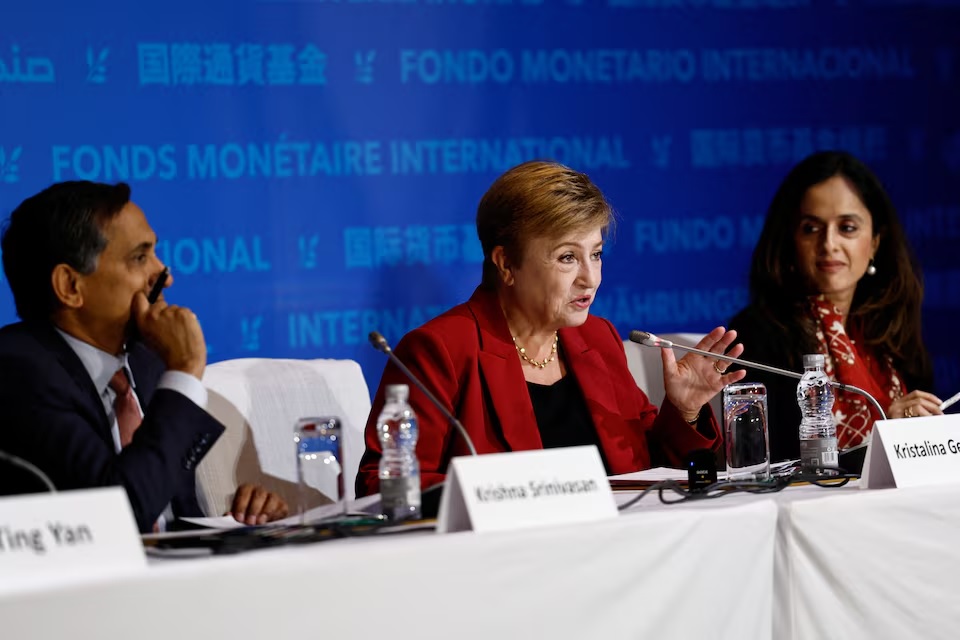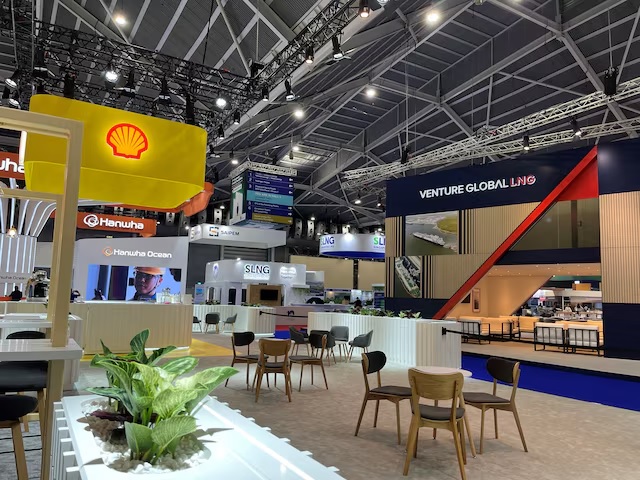COLOMBIA RISKS LOSING U.S. TRADE PERKS OVER TARIFFS AS TALKS DRAG

Tariffs, preferences, and what’s at stake
Washington warned Bogotá that Andean trade preferences could be reviewed if Colombia pushes ahead with new import tariffs and tightens local-content rules. The signal landed as negotiators tried to de-escalate a trade spat that has unsettled U.S. farm and consumer-goods exporters. Officials in Bogotá argue the measures protect domestic industry and fiscal space. Business lobbies on both sides say uncertainty is already delaying contracts ahead of the holiday season. Analysts note the Andean Trade Promotion benefits have long underpinned Colombian access to the U.S. for flowers, apparel, and processed foods; losing them would hit small manufacturers and logistics hubs from Medellín to Barranquilla.
Beyond bilateral friction, the episode spotlights how post-pandemic protectionism is reshaping supply chains. U.S. companies that shifted orders from Asia to nearshore in Latin America now face rising non-tariff barriers and unpredictable rules. Currency swings and tighter financing add to the pressure. If preferences are suspended, importers say they would divert orders to Mexico and Central America under existing pacts. Colombian ministers counter that their tariff plan is targeted and temporary, and that they’re still aligned with U.S. goals on labor and narcotics control. Markets are watching whether the two sides can land a narrow technical fix—such as tariff-rate quotas and rule-of-origin clarifications—before the year-end review window closes.
Political optics and the regional ripple
Domestic politics complicate a quick deal. In Washington, lawmakers facing constituent pressure on inflation are skeptical of new costs tied to tariffs; in Bogotá, unions push for visible shields against cheap imports. Any U.S. step to curtail preferences could spark backlash in Colombia’s Congress and fuel anti-trade narratives ahead of local polls. Regionally, Ecuador and Peru—also U.S. trading partners—are gauging whether stricter content rules could spread. Logistics firms warn of “whiplash” costs if compliance toggles mid-contract: re-labeling, customs reclassification, and warehouse rework. For now, exporters are hedging—splitting shipments and writing force-majeure clauses into purchase orders. If talks fail, the near-term impact would likely be higher retail prices for select goods in the U.S. and lost overtime in Colombian processing plants. If they succeed, look for a joint statement pledging a tariff pause, a technical working group on origin rules, and a fast-track calendar for grievance redress. Either way, the episode underscores how even friendly partners are redrawing the lines of “open” trade in 2025.






















